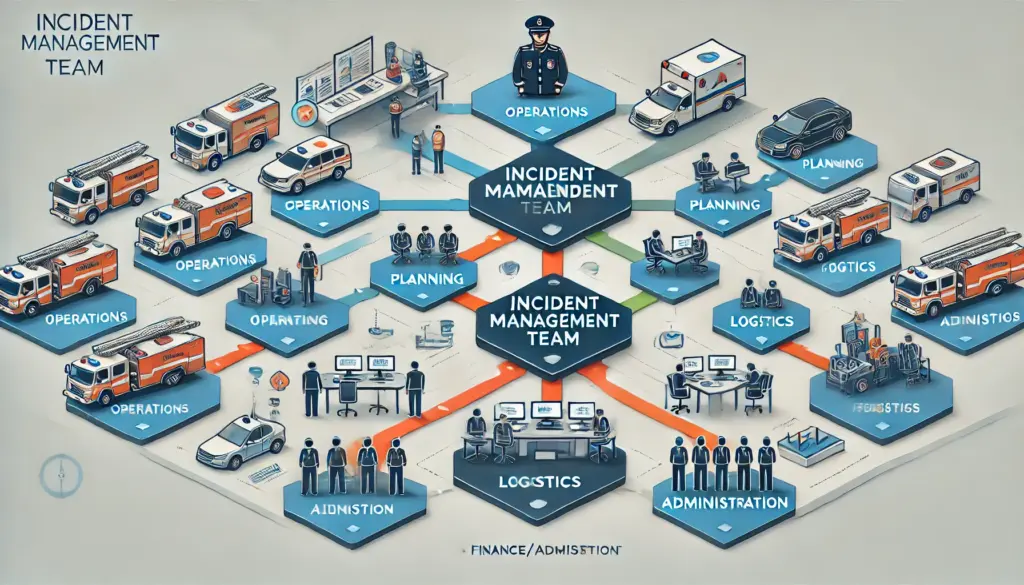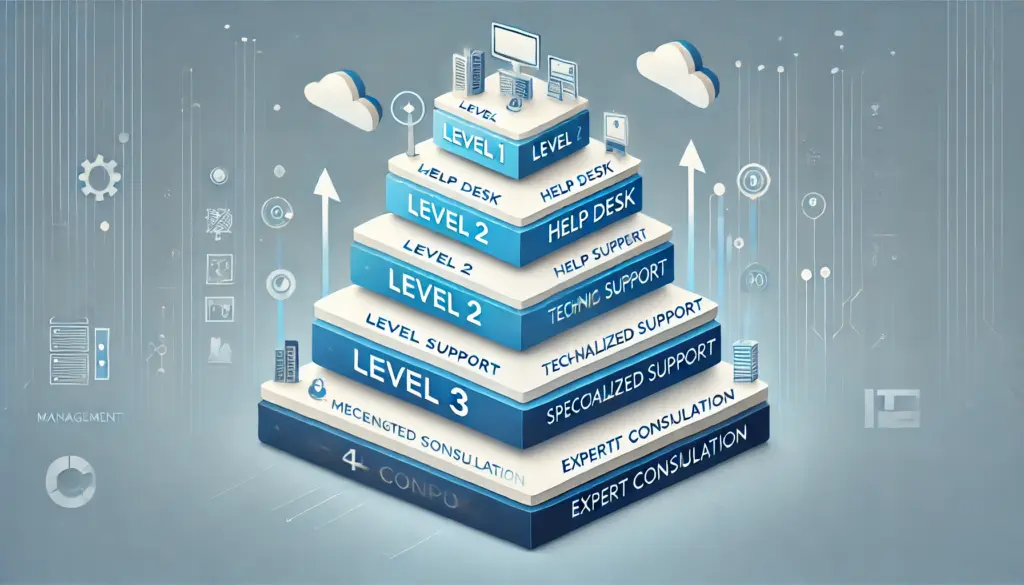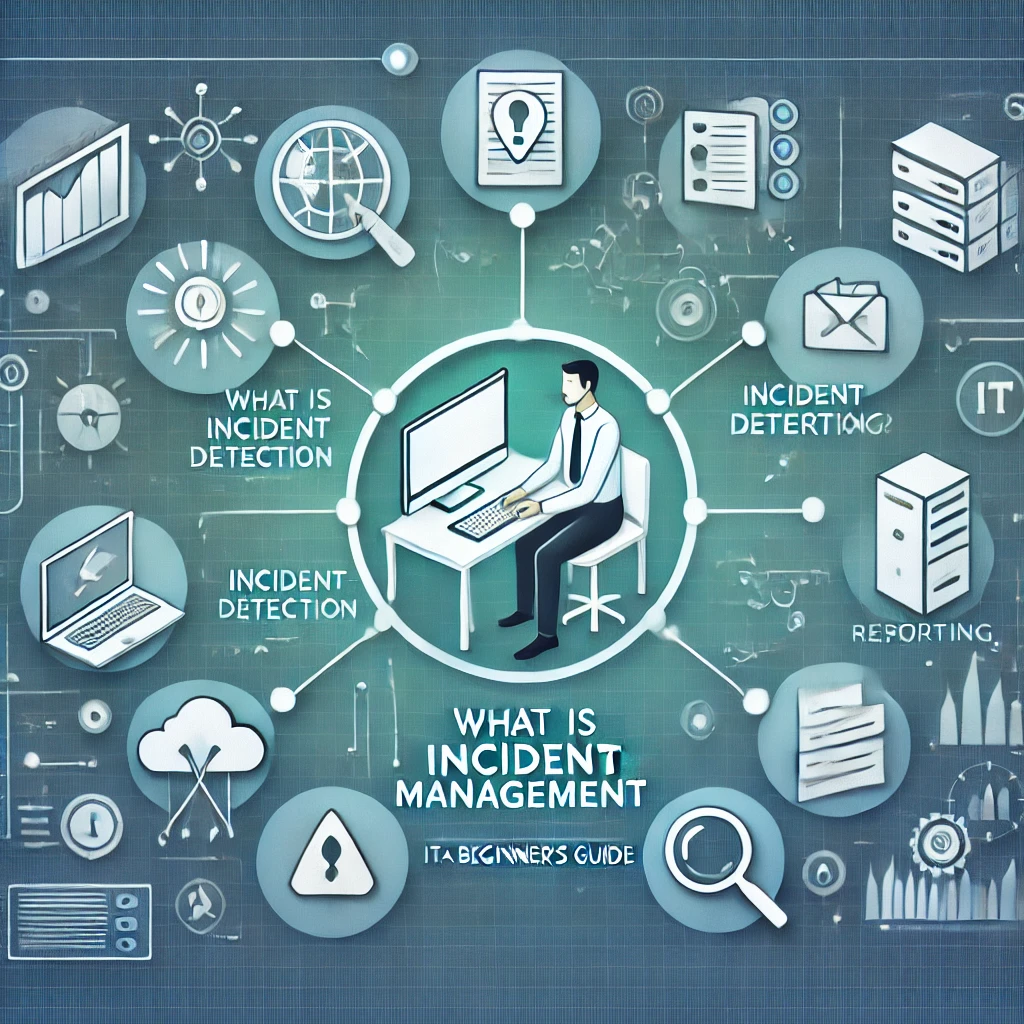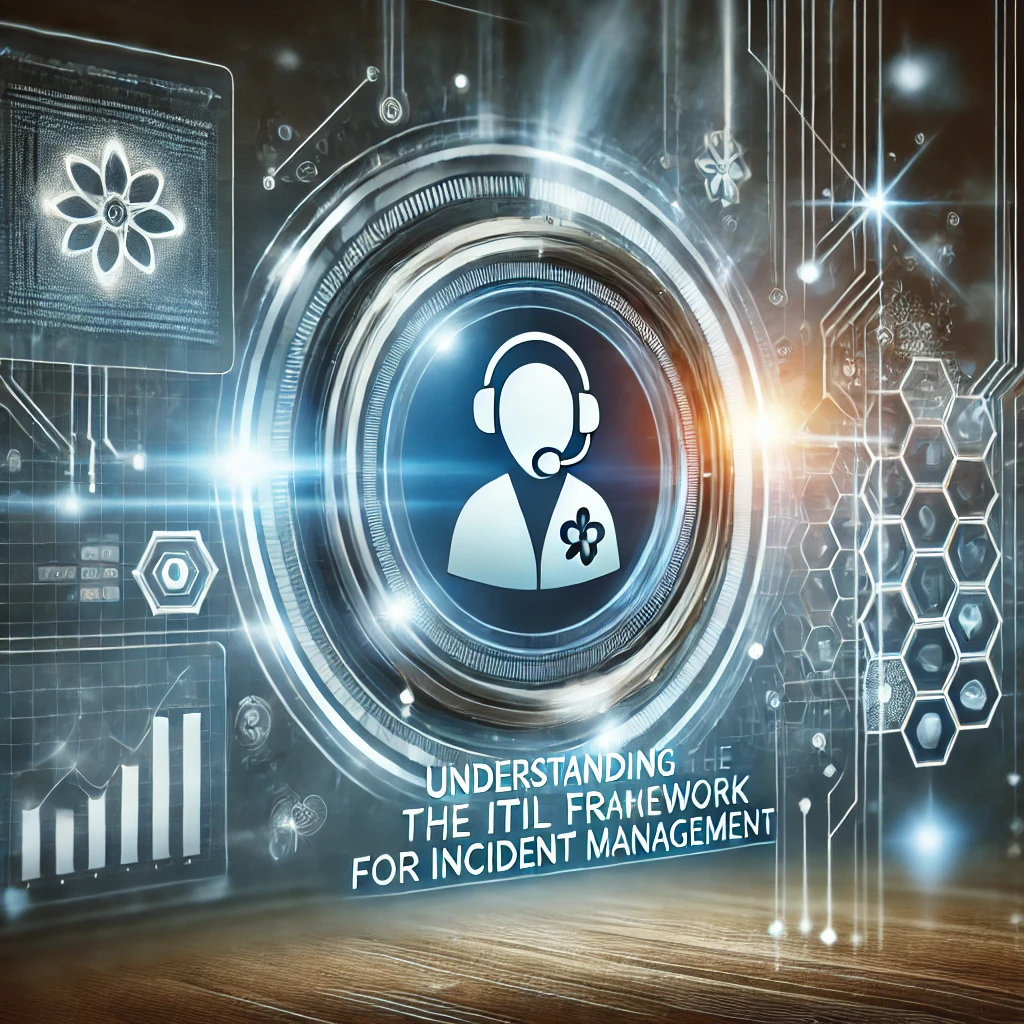🚀 Building an Incident Management Strategy for Large Organizations
In large organizations, incidents can have a massive impact on business continuity, customer experience, and operational efficiency. A well-structured incident management strategy ensures quick resolution, minimizes disruptions, and maintains service reliability. In this comprehensive guide, we will explore the essential steps to build a strong incident management framework, focusing on best practices, team structuring, automation, and continuous improvement.

🎯 Why Incident Management Matters for Large Organizations
Large enterprises manage complex IT infrastructures with numerous services, interdependencies, and stakeholders. Without a structured incident management approach, organizations risk facing:
✔️ Extended Downtime – Business-critical services become unavailable.
✔️ Revenue Loss – Downtime can directly impact sales and profits.
✔️ Customer Dissatisfaction – Users expect seamless experiences.
✔️ Compliance Issues – Regulatory bodies impose strict uptime requirements.
✔️ Increased Operational Costs – More resources are needed to fix recurring problems.
A proactive incident management approach ensures rapid recovery, better coordination, and improved resilience against system failures.
🏗️ Key Components of an Effective Incident Management Strategy
1️⃣ Establish a Dedicated Incident Management Team
A well-defined Incident Response Team (IRT) is essential for handling and resolving incidents efficiently. This team should include:
- Incident Managers – Oversee and coordinate incident response activities.
- Technical Engineers – Investigate, diagnose, and resolve technical issues.
- Support Teams – Communicate with customers and internal teams.
- Stakeholders & Decision-Makers – Approve necessary actions and ensure business alignment.
Each team member should have clearly defined roles and responsibilities to prevent confusion during a critical incident.

2️⃣ Define Incident Categories & Severity Levels
Categorizing incidents based on impact and urgency ensures prioritization and efficient resource allocation. A severity model can help organizations respond appropriately.
🔍 Common Incident Severity Levels:
| Severity Level | Impact on Business | Response Time |
|---|---|---|
| 🟥 Critical | Complete service outage affecting all users | Immediate response |
| 🟧 High | Major service disruption causing significant inconvenience | Within 30 minutes |
| 🟨 Medium | Partial service impact with workarounds available | 1-2 hours |
| 🟩 Low | Minimal impact with minor inconvenience | 4-6 hours |
Assigning incidents to appropriate severity levels ensures that high-priority issues receive immediate attention, while lower-impact issues are handled accordingly.
3️⃣ Implement a Clear Incident Response Workflow
A structured incident response process minimizes downtime and ensures systematic resolution of issues.
📜 Typical Incident Response Workflow:
1️⃣ Incident Detection – Monitoring systems detect issues through alerts and logs (e.g., using New Relic, Grafana, Datadog).
2️⃣ Triage & Classification – Incidents are categorized based on severity and impact.
3️⃣ Investigation & Diagnosis – Engineers analyze logs, identify root causes, and determine possible fixes.
4️⃣ Resolution & Recovery – A solution is applied, and system stability is verified.
5️⃣ Communication & Updates – Stakeholders and users are informed of progress.
6️⃣ Post-Incident Review – A retrospective is conducted to document lessons learned and implement preventive measures.

4️⃣ Leverage Automation & Monitoring Tools
Automation improves response times and reduces the manual workload on incident teams. Essential tools include:
🛠️ Key Automation & Monitoring Tools:
- Monitoring & Alerts – New Relic, Grafana, Datadog (detects performance issues).
- Incident Tracking & Management – Jira, ServiceNow, Freshdesk (organizes and tracks incidents).
- Communication & Escalation – Slack, Microsoft Teams, PagerDuty (ensures real-time notifications).
- AI-Based Incident Resolution – AIOps solutions (predict and prevent outages proactively).
Using the right combination of tools ensures proactive detection and faster incident resolution.
5️⃣ Create a Comprehensive Knowledge Base
A centralized knowledge repository helps teams resolve incidents more efficiently. A well-documented knowledge base should include:
✔️ Standard Operating Procedures (SOPs) for different types of incidents.
✔️ Root cause analysis reports of past incidents.
✔️ Troubleshooting guides and resolution playbooks.
✔️ Service dependencies and architectural documentation.
✔️ Frequently Asked Questions (FAQs) for quick reference.
Maintaining a knowledge base prevents reinventing the wheel for recurring issues, reducing resolution time significantly.
6️⃣ Conduct Regular Training & Simulations
Ongoing training ensures teams stay updated on best practices and enhance their incident response capabilities.
🎓 Recommended Training Approaches:
- Incident Response Drills – Simulate real-life incidents for hands-on learning.
- Tabletop Exercises – Discuss hypothetical scenarios and response plans.
- Cross-Departmental Workshops – Improve collaboration between IT, security, and business teams.
- Continuous Education – Train teams on the latest monitoring and resolution tools.
Organizations should conduct quarterly incident response simulations to test their readiness and identify improvement areas.
7️⃣ Analyze & Optimize with Performance Metrics
Tracking Key Performance Indicators (KPIs) ensures continuous improvement in incident management processes.
📊 Essential Incident Management Metrics:
- Mean Time to Detect (MTTD) – Measures how quickly incidents are identified.
- Mean Time to Acknowledge (MTTA) – The time taken to start working on an incident after detection.
- Mean Time to Resolve (MTTR) – Average time taken to restore services.
- Incident Recurrence Rate – Tracks repeated incidents to identify recurring problems.
❓ Frequently Asked Questions (FAQs)
🔹 What is Incident Management?
Incident management is the process of identifying, analyzing, and resolving IT service disruptions to minimize the impact on business operations and ensure service reliability.
🔹 Why is an Incident Management Strategy Important for Large Organizations?
Large organizations manage complex IT infrastructures that require structured processes to prevent prolonged downtime, ensure quick resolutions, and maintain business continuity.
🔹 What Are the Key Steps in an Effective Incident Management Process?
A structured incident management process includes:
1️⃣ Incident Detection & Logging
2️⃣ Classification & Prioritization
3️⃣ Investigation & Diagnosis
4️⃣ Resolution & Recovery
5️⃣ Post-Incident Analysis
🔹 How Can We Prioritize Incidents Effectively?
Organizations should classify incidents based on severity and business impact. A common priority model includes:
1️⃣Low (P4): Minor issues with minimal business impact.
2️⃣ Critical (P1): Complete service outage, immediate action required.
3️⃣ High (P2): Major service disruption affecting multiple users.
4️⃣ Medium (P3): Partial service impact with workarounds available.
🔹 What Are the Key Metrics to Measure Incident Management Performance?
Some essential KPIs for incident management include:
✔️ Mean Time to Detect (MTTD) – Time taken to identify an incident.
✔️ Mean Time to Acknowledge (MTTA) – Time taken to assign and acknowledge an incident.
✔️ Mean Time to Resolve (MTTR) – Time taken to fix and close an incident.
✔️ Incident Recurrence Rate – Percentage of repeated incidents over a given period.
🔹 How Often Should We Conduct Incident Management Training?
Organizations should conduct quarterly incident response training and tabletop exercises to test their readiness and improve processes. Regular drills help teams stay prepared for real-time incident handling.
🔹 What Tools Can Help Automate Incident Management?
Several tools can enhance and automate incident response, including:
Root Cause Analysis: Kibana, Splunk
Monitoring & Alerting: New Relic, Grafana, Datadog
Incident Tracking & Management: Jira, ServiceNow, Freshdesk
Communication & Escalation: Slack, PagerDuty, Microsoft Teams
🔹 How Can We Reduce Incident Resolution Time?
To minimize Mean Time to Resolution (MTTR), organizations should:
✔️ Implement real-time monitoring and alerting tools.
✔️ Automate incident categorization and escalation.
✔️ Maintain a centralized knowledge base with troubleshooting guides.
✔️ Conduct post-incident reviews to learn from past incidents.
🔹 What Are the Best Practices for Post-Incident Reviews?
A post-incident review (PIR) should include:
🔍 Incident Summary – What happened and when?
🔍 Root Cause Analysis – Why did it happen?
🔍 Resolution Steps – How was it resolved?
🔍 Preventive Measures – How can similar incidents be avoided in the future?
🔹 How Can We Improve Communication During Incident Management?
Effective communication is critical for fast incident resolution. Best practices include:
✔️ Using automated notification tools like PagerDuty or Slack.
✔️ Establishing predefined escalation paths.
✔️ Maintaining incident status dashboards visible to all stakeholders.
✔️ Sending regular incident updates to affected teams and customers.
🔹 What Are the Challenges in Incident Management?
Some common challenges include:
❌ Lack of real-time monitoring leading to delayed detection.
❌ Poor incident categorization, leading to incorrect prioritization.
❌ Ineffective communication and coordination among teams.
❌ Lack of post-incident analysis, resulting in repeated incidents.
🏆 Conclusion: Strengthen Your Incident Management Strategy
Building a robust incident management strategy is critical for large organizations to ensure seamless IT operations and service reliability. By establishing structured workflows, leveraging automation, and continuously optimizing response processes, organizations can minimize downtime, enhance productivity, and improve customer trust.
📢 Pro Tip: Conduct regular post-incident reviews and continuously refine your strategy to stay ahead of potential disruptions!
📚 Learn More:
✅ Did you find this guide helpful? Share your thoughts in the comments below!
🔔 Stay tuned for more insights on incident management and IT best practices.




